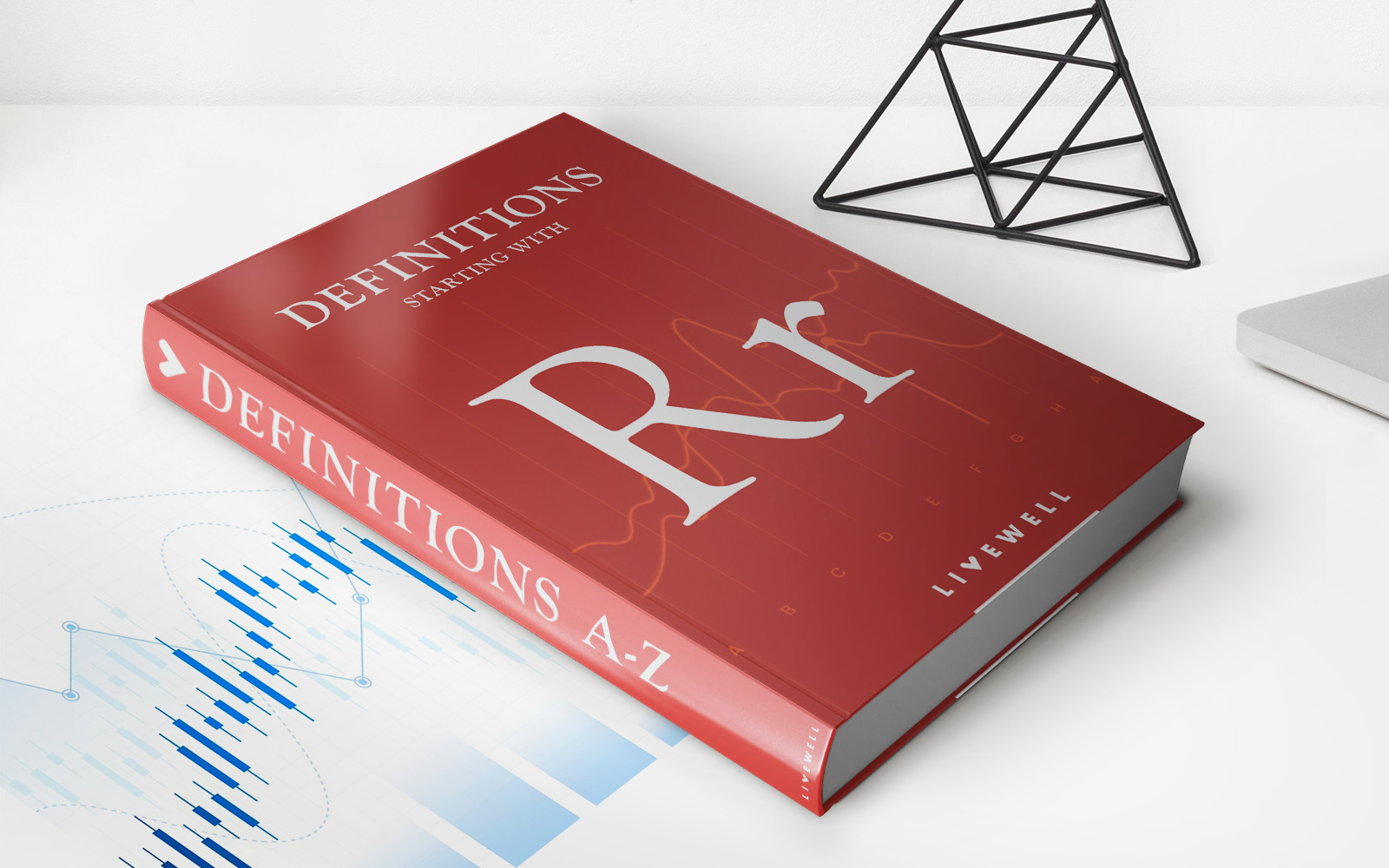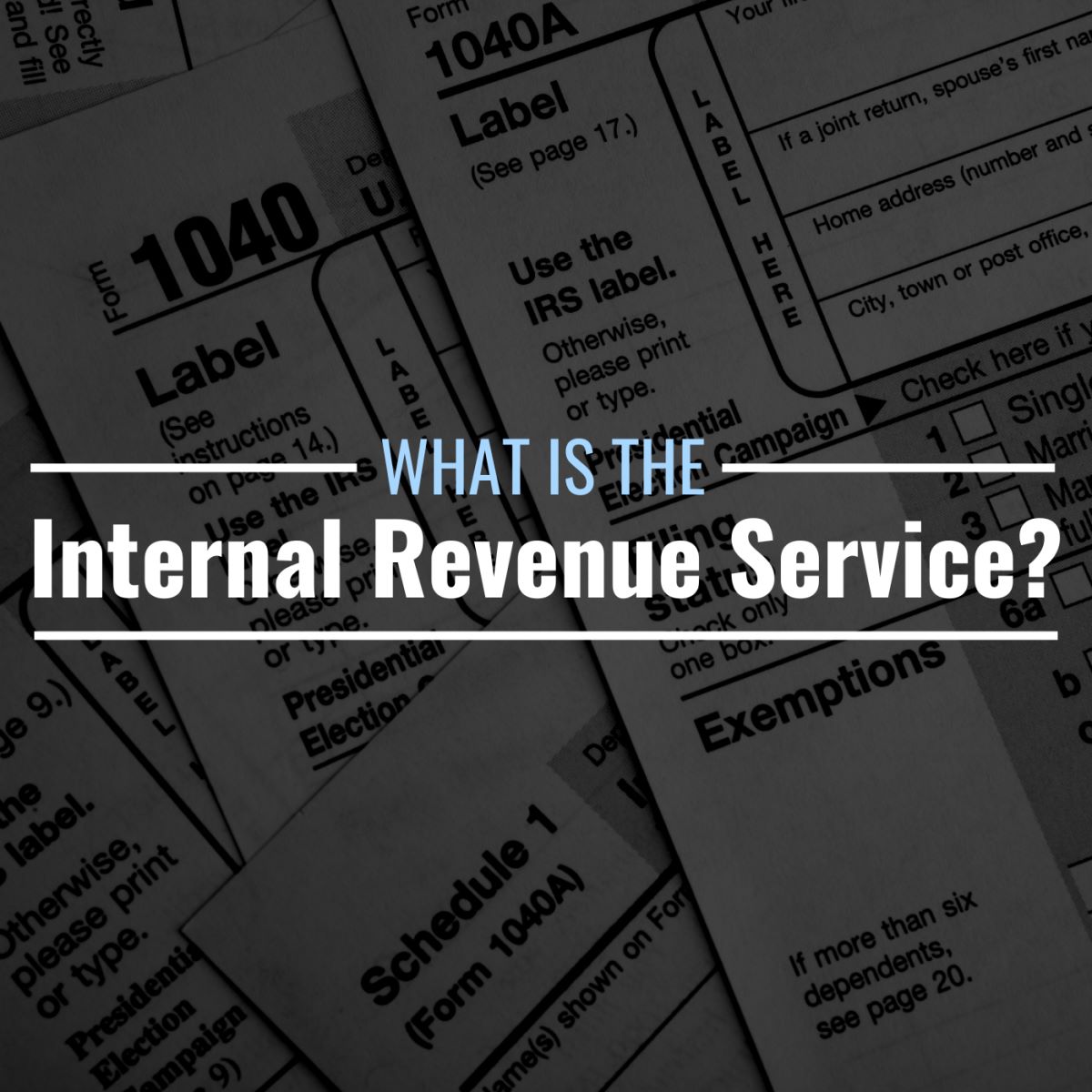Home>Finance>What Should Your Credit Utilization Be For A Better Rate


Finance
What Should Your Credit Utilization Be For A Better Rate
Published: March 6, 2024
Learn how to optimize your credit utilization for better finance rates. Discover the ideal credit utilization ratio for improving your financial health. Unlock expert tips and advice!
(Many of the links in this article redirect to a specific reviewed product. Your purchase of these products through affiliate links helps to generate commission for LiveWell, at no extra cost. Learn more)
Table of Contents
Introduction
When it comes to managing your finances, your credit score plays a pivotal role in determining your borrowing power and the interest rates you’ll be offered. One crucial factor that significantly influences your credit score is your credit utilization ratio. This often-overlooked metric holds the key to unlocking favorable interest rates and accessing better financial opportunities.
Understanding the intricacies of credit utilization and its impact on your financial well-being is essential for anyone seeking to improve their creditworthiness. In this comprehensive guide, we’ll delve into the nuances of credit utilization, explore its implications on your credit score, and provide actionable tips to optimize this vital aspect of your financial profile.
Whether you’re a seasoned financial enthusiast or just embarking on your credit-building journey, mastering the art of credit utilization can pave the way for a brighter financial future. So, let’s embark on this enlightening exploration of credit utilization and unravel the secrets to achieving a better credit score and favorable borrowing terms.
Understanding Credit Utilization
Credit utilization refers to the ratio of your credit card balances to your credit limits. In essence, it reflects the amount of available credit that you are using. This metric is a crucial indicator of your financial responsibility and how effectively you manage your credit accounts.
Imagine you have a total credit limit of $10,000 across all your credit cards, and your combined outstanding balances amount to $3,000. In this scenario, your credit utilization ratio would be 30% ($3,000 ÷ $10,000). Lenders use this percentage to assess your creditworthiness, with lower utilization ratios generally viewed more favorably.
It’s important to note that credit utilization is not solely based on your overall utilization across all your credit accounts. Lenders also consider the utilization on individual credit cards. Even if you have a low overall utilization ratio, maxing out a single credit card can still have a negative impact on your credit score.
Understanding the dynamics of credit utilization is pivotal, as it directly influences your credit score and, consequently, your financial opportunities. By comprehending this fundamental aspect of credit management, you can take proactive steps to optimize your credit utilization ratio and bolster your financial standing.
The Impact of Credit Utilization on Your Credit Score
Your credit utilization ratio holds significant sway over your credit score, making it a pivotal factor in your overall financial health. In fact, it comprises a substantial 30% of your FICO credit score, demonstrating its profound impact on your creditworthiness.
When your credit utilization ratio is high, it sends a signal to lenders that you may be over-reliant on credit and potentially struggling to manage your finances effectively. This can lead to a dip in your credit score, hampering your ability to secure favorable loan terms, credit card approvals, and other financial opportunities.
Conversely, maintaining a low credit utilization ratio signals responsible credit management and financial prudence. Lenders interpret this as a positive indicator of your ability to manage credit responsibly, potentially resulting in a higher credit score and improved access to financial products with lower interest rates and better terms.
It’s important to note that credit utilization is a dynamic metric, with your ratio being recalculated each time your credit card balances change. As such, consistently monitoring and effectively managing your credit utilization is paramount to safeguarding and enhancing your credit score.
By comprehending the profound impact of credit utilization on your credit score, you can harness this knowledge to strategically optimize your financial standing and pave the way for improved borrowing opportunities and enhanced financial well-being.
What Is Considered a Good Credit Utilization Ratio?
A good credit utilization ratio is typically considered to be below 30%. This means that you are utilizing less than 30% of the credit available to you. However, the closer you can get to a utilization ratio of 0%, the better it is for your credit score.
Lenders and credit bureaus generally view lower credit utilization ratios more favorably, as they indicate responsible credit management and a reduced risk of default. Keeping your credit utilization ratio low demonstrates that you are not overly reliant on credit and are effectively managing your available credit limits.
It’s important to note that while 30% is often cited as a threshold for good credit utilization, there is no one-size-fits-all approach. In some cases, aiming for an even lower utilization ratio, such as 10% or below, can yield even more significant benefits for your credit score and overall financial profile.
Ultimately, the goal is to strive for the lowest possible credit utilization ratio while still actively using your credit accounts. By keeping your utilization ratio low, you can demonstrate financial discipline and enhance your creditworthiness, positioning yourself for better borrowing terms and improved access to financial products.
How to Improve Your Credit Utilization Ratio
Improving your credit utilization ratio is a proactive step towards enhancing your credit score and bolstering your financial standing. Here are some effective strategies to optimize this crucial aspect of your credit profile:
- Pay Down Balances: One of the most impactful ways to lower your credit utilization ratio is to pay down existing credit card balances. By reducing the amount you owe, you can swiftly lower your utilization ratio and potentially witness a positive impact on your credit score.
- Request a Credit Limit Increase: Contacting your credit card issuers to request a credit limit increase can instantly lower your utilization ratio, provided you maintain the same level of outstanding balances. However, exercise caution to avoid overspending simply because your credit limit has been raised.
- Spread Out Your Spending: If feasible, consider spreading your credit card spending across multiple cards to maintain lower individual utilization ratios on each card. This can contribute to an overall reduction in your combined utilization ratio.
- Monitor and Adjust Regularly: Routinely monitoring your credit card balances and utilization ratios enables you to make timely adjustments to keep your ratios in check. By staying vigilant, you can actively manage your credit utilization and make strategic decisions to optimize this critical metric.
By implementing these proactive measures, you can take significant strides towards improving your credit utilization ratio, thereby fortifying your credit score and opening doors to enhanced financial opportunities.
Tips for Maintaining a Healthy Credit Utilization Ratio
Maintaining a healthy credit utilization ratio is essential for preserving a strong credit score and demonstrating responsible credit management. Here are some valuable tips to help you sustain an optimal credit utilization ratio:
- Regularly Monitor Your Credit Utilization: Stay vigilant about your credit card balances and credit limits. By consistently monitoring your utilization ratio, you can promptly identify any deviations and take corrective action as needed.
- Strategically Manage Your Credit Card Balances: Aim to keep your credit card balances as low as possible relative to your credit limits. Responsible balance management is key to sustaining a favorable utilization ratio.
- Avoid Closing Unused Credit Accounts: While it may be tempting to close unused credit accounts, doing so can reduce your total available credit and potentially elevate your utilization ratio. Instead, consider keeping these accounts open to maintain a lower overall utilization ratio.
- Utilize Credit Wisely: Exercise prudence when utilizing your available credit. Responsible spending and timely payments can contribute to a lower utilization ratio and bolster your creditworthiness.
- Communicate with Credit Card Issuers: Establish open communication with your credit card issuers. In some cases, they may be willing to adjust your payment due dates to align with your financial schedule, facilitating more convenient management of your credit card balances.
- Consider Diversifying Your Credit Mix: Maintaining a diverse array of credit accounts, such as credit cards, installment loans, and mortgages, can positively impact your credit score. However, exercise caution and only pursue additional credit accounts when necessary.
By integrating these prudent strategies into your financial management practices, you can sustain a healthy credit utilization ratio and fortify your overall credit profile, positioning yourself for improved access to financial products and favorable borrowing terms.
Conclusion
Mastering the art of credit utilization is a pivotal step towards achieving a robust credit score and unlocking a myriad of financial opportunities. By comprehending the nuances of credit utilization and its profound impact on your credit score, you can strategically navigate the realm of credit management and bolster your financial well-being.
From understanding the significance of maintaining a low credit utilization ratio to implementing actionable strategies for optimizing this critical metric, the journey towards a healthier credit profile is within reach. By proactively managing your credit card balances, monitoring your utilization ratio, and leveraging prudent credit utilization practices, you can pave the way for improved borrowing terms and enhanced access to financial products.
Remember, your credit utilization ratio is not set in stone and can be actively managed and improved over time. By embracing a disciplined approach to credit utilization and integrating prudent financial habits into your routine, you can harness the power of a healthy credit utilization ratio to fortify your credit score and lay the groundwork for a brighter financial future.
Armed with the knowledge and insights gleaned from this guide, you are empowered to embark on a journey towards financial empowerment and credit mastery. By leveraging the principles of responsible credit utilization, you can chart a course towards improved creditworthiness and enhanced financial resilience.














